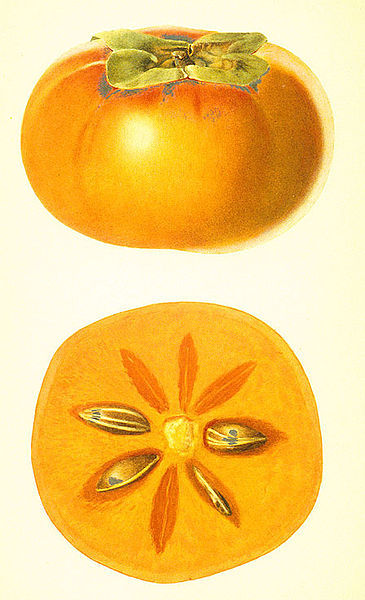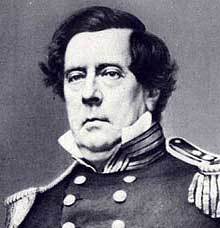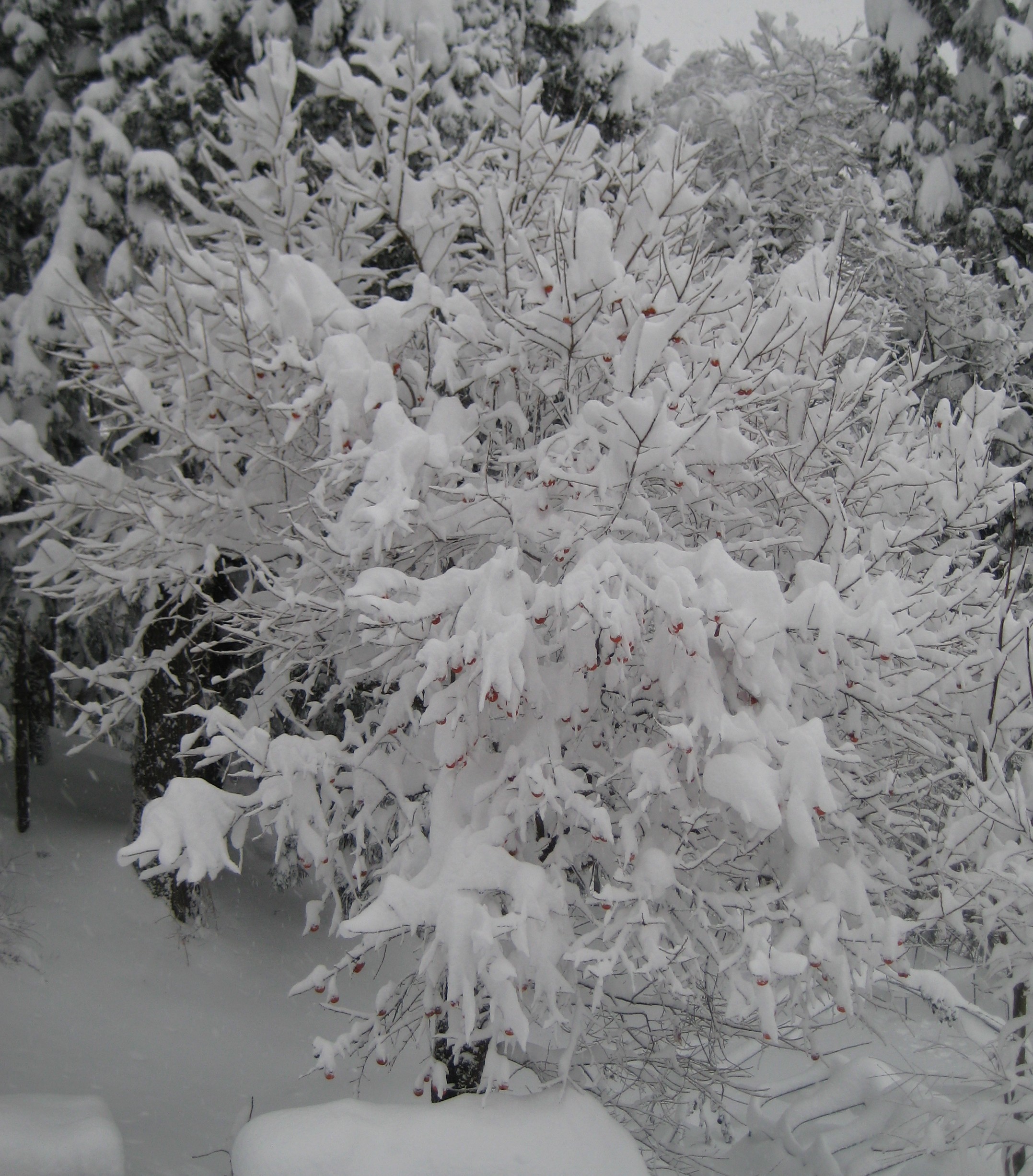American Persimmon : Discovering the American Persimmon
The oldest written account of an American Persimmon was from Thomas Harriot in his Brief and True Report of the New Found Land of Virginia between 1561 and 1621. Harriot, a member of the Roanoke Virginia colony, described the fruit as “not good until they be rotten” but once ripe “luscious sweet.” While Harriot was the first to document the Persimmon tree, several Native American tribes had been using the tree for centuries. The name “persimmon” was actually derived, from the Algonquin word “pasimenan”, meaning “artificially dried.” The Powhatan tribes were known to dry the fruit to minimize its astringent quality and then use it in food.
Some of the first settlers to arrive in America quickly learned the terrible astringent quality of unripe fruit, as John Smith of Jamestown wrote "The fruit is like a medlar; it is first green then yellow, and red when ripe; if not ripe, it will drive a man's mouth awrie with much torment; but when it is ripe, it is as delicious as an apricock."
In 1854, the 13th president of the Unites States, Millard Fillmore, commissioned Matthew Perry to establish diplomatic relations with Japan. Upon returning from his trip to Japan, Perry presented Japanese persimmon seeds. The seeds were planted in Washington D.C., but soon died from frost. Despite this failure, in 1877, five thousand Persimmon plants were imported from Japan and planted around the United States.
While the Japanese persimmon (D. kaki) grows well in mild climates, it could not withstand the harsh winters of the eastern United States. The American Persimmon, hardy in a variety of conditions, served as a perfect candidate for expanding the Persimmon’s reach along the eastern seaboard. After several failed attempts to grow persimmons in the northeast, Dr. Elwyn Meader, a professor in New Hampshire, actually selected and bred the first “Meader” persimmon tree in 1947 on a plot in Rochester, New Hampshire. The tree could withstand temperatures of -25 degrees farenheight and grew sweet fruits even in New Hampshire’s cool summers. The ability of Meader’s breed of persimmon to withstand harsh and cold conditions of the northeast allows the American Persimmon to flourish in Burlington today.



